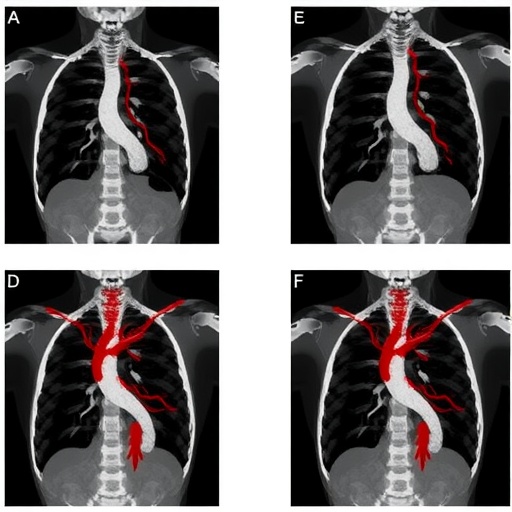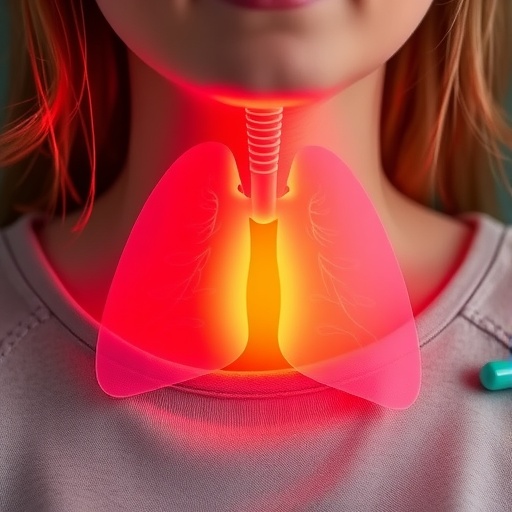Research from the University of Southampton, in collaboration with colleagues at A*STAR in Singapore, has provided new understanding of a protein which plays an important role in protecting bacterial cells associated with harmful infections.
Understanding the protein's protective mechanism could help in the development of new antibacterial agents.
The protein, called OmpA, is found in the outer cell membranes of many species of Gram-negative bacteria, which are responsible for a number of bacterial infections that affect humans, animals and plants.
A highly complex cell envelope protects these bacteria from the presence of naturally occurring antimicrobial compounds and conditions that could cause sudden, potentially damaging changes in the cell volume. The envelope is composed of outer and inner membranes, which are separated by a region known as the 'periplasmic space'. The periplasmic space is composed largely of a molecule called peptidoglycan, which forms an extended 'mesh'. This is often referred to as the cell wall.
Using computer simulations, the researchers found that portions of OmpA act as a link between the outer membrane and the cell wall, and spontaneously adjust to provide flexible mechanical support, which is important when encountering environmental stress.
Lead author, Professor Syma Khalid, Professor of Computational Biophysics within Chemistry at the University of Southampton, said: "If we are to design novel antibiotics that will either destroy the protective cell envelope of harmful Gram-negative bacteria or gain access to the interior of the cell by crossing the cell envelope, we must first understand how the structure of the cell envelope enables it to carry out its protective functions. Of fundamental importance, is to understand how the cell wall is connected to the inner and outer membranes.
"We now know which portions of the protein would make ideal targets for novel drugs or peptides designed to disrupt the protective cell envelope of these bacteria."
###
The research, which was funded by the Biotechnology and Biological Sciences Research Council (BBSRC), is published in the journal Structure.
Notes for editors:
1. A copy of the paper 'OmpA: A Flexible Clamp for Bacterial Cell Wall Attachment' Firdaus Samsudin, Maite L. Ortiz-Suarez, Thomas J. Piggot, Peter J. Bond and Syma Khalid, Structure DOI: 10.1016/j.str.2016.10.009 can be found here http://www.cell.com/structure/fulltext/S0969-2126(16)30317-3 and is available from Media Relations on request.
2. Through world-leading research and enterprise activities, the University of Southampton connects with businesses to create real-world solutions to global issues. Through its educational offering, it works with partners around the world to offer relevant, flexible education, which trains students for jobs not even thought of. This connectivity is what sets Southampton apart from the rest; we make connections and change the world. http://www.southampton.ac.uk/
3. BBSRC invests in world-class bioscience research and training on behalf of the UK public. Our aim is to further scientific knowledge, to promote economic growth, wealth and job creation and to improve quality of life in the UK and beyond.
Funded by Government, BBSRC invested £473M in world-class bioscience, people and research infrastructure in 2015-16. We support research and training in universities and strategically funded institutes. BBSRC research and the people we fund are helping society to meet major challenges, including food security, green energy and healthier, longer lives. Our investments underpin important UK economic sectors, such as farming, food, industrial biotechnology and pharmaceuticals.
For more information about BBSRC, our science and our impact see: http://www.bbsrc.ac.uk
For more information about BBSRC strategically funded institutes see: http://www.bbsrc.ac.uk/institutes
For more information:
Peter Franklin, Media Relations, University of Southampton, Tel 023-8059-5457, email [email protected]
http://www.soton.ac.uk/mediacentre/
Follow us on twitter: http://twitter.com/unisouthampton
Like us on Facebook: http://www.facebook.com/unisouthampton
Media Contact
Peter Franklin
[email protected]
44-238-059-5457
@unisouthampton
http://www.southampton.ac.uk/
############
Story Source: Materials provided by Scienmag




